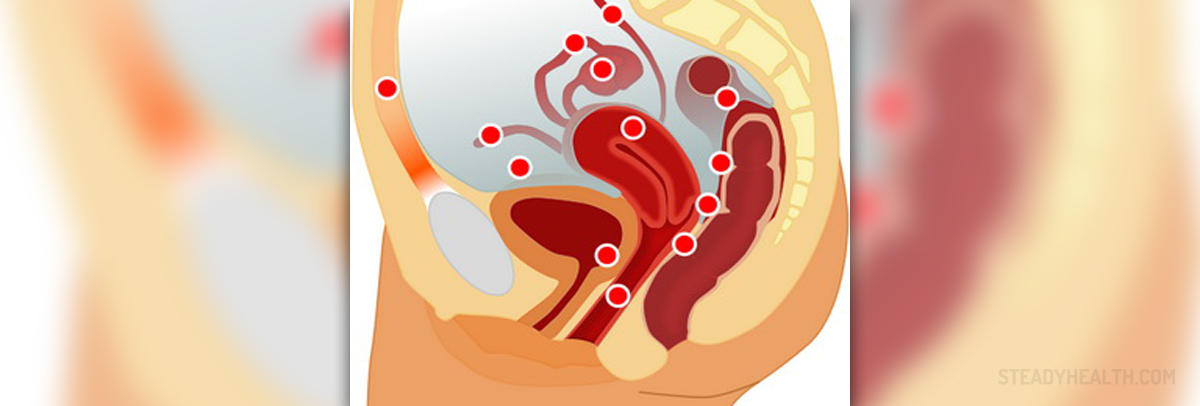
Abdominal pain is one of the clearest symptoms of endometriosis. Many women with endometriosis find the pain they experience is cyclical, though it can be constant too. The pain is, obviously, likely to be located around those spots where the endometrium has grown. With this pain, women often experience heavy and prolonged menstrual periods that are also painful. While these are some obvious endometriosis symptoms, not every woman who suffers from this condition will notice any pain or symptoms.
Fatigue, feelings of depression, and low energy are sometimes symptoms of endometriosis, along with anxiety and headaches. Pain in the legs, especially the upper legs and thighs, is also experienced by some endometriosis patients, as can constipation. Infertility is also associated with the condition, so if you have been trying to get pregnant for a long time, especially in combination with the other symptoms of endometriosis that we mentioned, seeing your healthcare provider is the best approach.
The diagnosis of endometriosis can take place in several ways, including through ultrasound or an MRI scan. The available treatments include surgery and hormonal medications such as Lupron. If you suspect that you have endometriosis, or are simply worried about any symptoms you have, please see your doctor for further advice and diagnosis.
- www.womenshealth.gov/a-z-topics/endometriosis
- www.nhs.uk/conditions/endometriosis/
- Photo courtesy of Tsaitgaist by Wikimedia Commons: commons.wikimedia.org/wiki/File:Endometriosis_loc_ger.svg



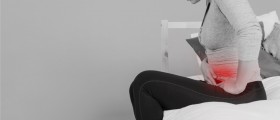
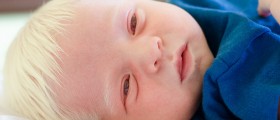

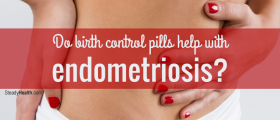




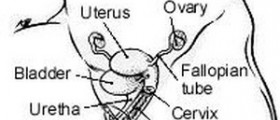
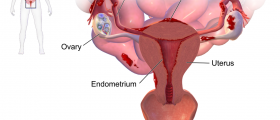
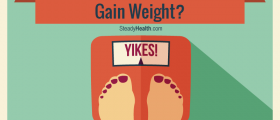

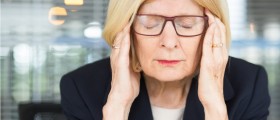

Your thoughts on this
Loading...